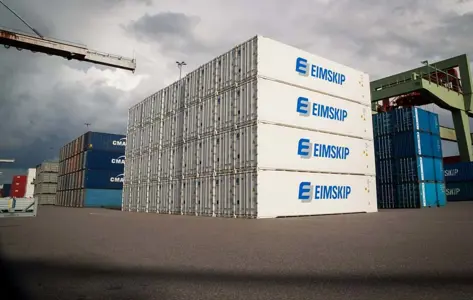FCL or LCL for your shipment?
Full container load (FCL) means that the volume is large enough to fill a whole container by one customer. Less than container load (LCL) means that the shipment is smaller than a full container load and that multiple shippers' goods are packed together.
In most cases, LCL (less than container load) means that pallets are being shipped. In some cases other units i.e. boxes, sacks, bales, barrels, etc. are being transported. These units can also be arranged on pallets.
In case, when large or odd-sized items are being transported there, maybe need to provide special solutions, in some cases open units in full container load (FCL).
What type of container?
There are many things that need to be considered when choosing containers. Below you can read about sizes, types and other things that should be taken into consideration when transporting a full container load.
20ft and 40 ft containers of various types are used:
- Dry containers are used to transport various dry goods such as clothing, personal effects, furniture, industrial products, etc.
- Temperature controlled containers (refrigerated- and freezer containers) are used to transport i.e. food, fish products, various raw material, and other products that are sensitive to changes in temperature.
- Open containers (flat rack, open-top containers, etc.) for the transport of various types of goods, appliances, large and oversized units.
Responsibility for container loading depends on the description in the sailing manifest:
- FCL/FCL - sender loads container and receiver empties
- LCL/FCL - Eimskip loads container and receiver empties
- FCL/LCL - sender loads container and Eimskip empties
- LCL/LCL - Eimskip loads container and empties
More about containers

Inner size
Opening
Weight
Capacity
Dead weight
L: 5,895 mm
2,330 kg
33 m³
28,500 kg
W: 2,350 mm
W: 2,340 mm
H: 2,390 mm
H: 2,280 mm

Inner size
Opening
Weight
Capacity
Dead weight
L: 12,030 mm
3,800 kg
67 m³
26,800 kg
W: 2,350 mm
W: 2,340 mm
H: 2,390 mm
H: 2,280 mm

Inner size
Opening
Weight
Capacity
Dead weight
L: 11,577 mm
4,600 kg
67 m3
29,000 kg
W: 2,280 mm
W: 2,290 mm
H: 2,525 mm
H: 2,492 mm

Inner size
Opening
Weight
Capacity
Dead weight
L: 11,770 mm
4,900 kg
40,100 kg
W: 2,360 mm
H: 1,900 mm

Inner size
Opening
Weight
Capacity
Dead weight
L: 12,026 mm
2,300 kg
32 m3
26,500 kg
W: 2,350 mm
W: 2,336 mm
H: 2,390 mm
Top opening 11,879x2,184 mm
Inner size
Opening
Weight
Capacity
Dead weight
L: 12,030 mm
3,850 kg
76 m3
26,800 kg
W: 2,350 mm
W: 2,340 mm
H: 2,690 mm
H: 2,585 mm

Inner size
Opening
Weight
Capacity
Dead weight
L.: 5,850 mm
2,460 kg
31 m3
17,800 kg
W: 2,290 mm
W: 2,290 mm
H: 2,280 mm
H: 2,240 mm
Inner size
Opening
Weight
Capacity
Dead weight
L: 5,895 mm
2,330 kg
33 m3
28,500 kg
W: 2,350 mm
W: 2,340 mm
H: 2,390 mm
H: 2,280 mm

Inner size
Opening
Weight
Capacity
Dead weight
L: 5,890 mm
2,300 kg
32 m3
28,100 kg
W: 2,350 mm
W: Door 2,336 mm
H: 2,350 mm
Top opening 5,680x2,250 mm
|
Land |
Tonn |
Note |
|
France |
22,5 |
|
|
Germany |
22,5 |
|
|
Germany - Bremerhaven |
25 |
Transit within 150 km radius from the port of discharge |
|
Netherlands |
26 |
|
|
UK |
23 |
Extra charge for 25 tonnes container |
|
Poland |
22,5 |
|
|
Belgium |
26 |
|
|
Denmark |
25 |
When driving from Rotterdam and passing through Germany the permissible weight is 22.5 tonnes |
|
Finland |
26 |
|
|
Greece |
22 |
|
|
Iceland |
25 |
|
|
Italy |
22 |
|
|
Canada |
26 |
|
|
Norway |
24 |
|
|
Portugal |
25 |
Transferred by vessel to Portugal and driven from there |
|
Spain - Truck and vessel |
25 |
Transferred by vessel to Spain and driven from there |
|
Spain - Truck |
22,5 |
|
|
Switzerland |
22 |
|
|
Sweden |
26 |
|
|
USA - East Coast |
19,8 |
Average weight, it is necessary to look into this for each state |
|
USA - West Coast |
17 |
Average weight, it is necessary to look into this for each state |

